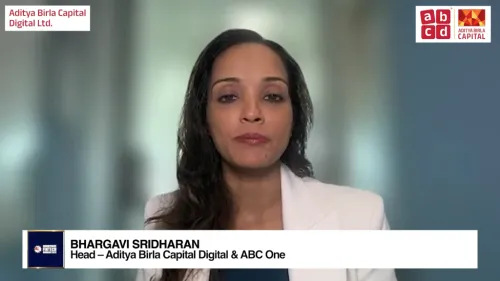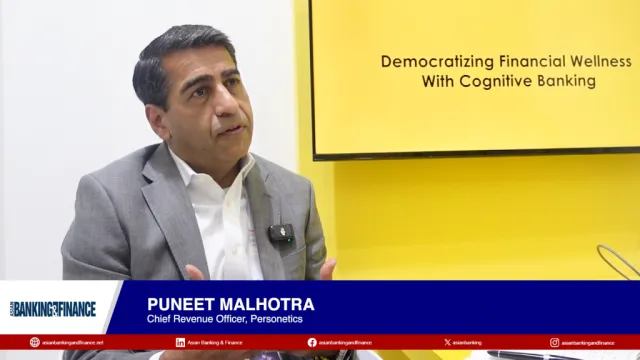
Bank Islam targets 30% loan growth
Bank Islam Malaysia is eyeing a 30 percent loans growth this year.
The bank is relying on higher demand for shariah-compliant products and better economic conditions.
Managing Director Datuk Seri Zukri Samat said the growth forecast surpasses last year's 19.9 per cent growth.
"For the first six months of this year, our loans growth has already exceeded 15 per cent.
"Looking at the trend for loans growth over the last six months, the bank is expected to show good growth in financing," he said.
The fund, managed by BIMB Investment Management Bhd, an investment arm of Bank Islam, is targeted at investors who have low risk tolerance level and those who seek to receive a regular stream of income.
For more.



















 Advertise
Advertise







